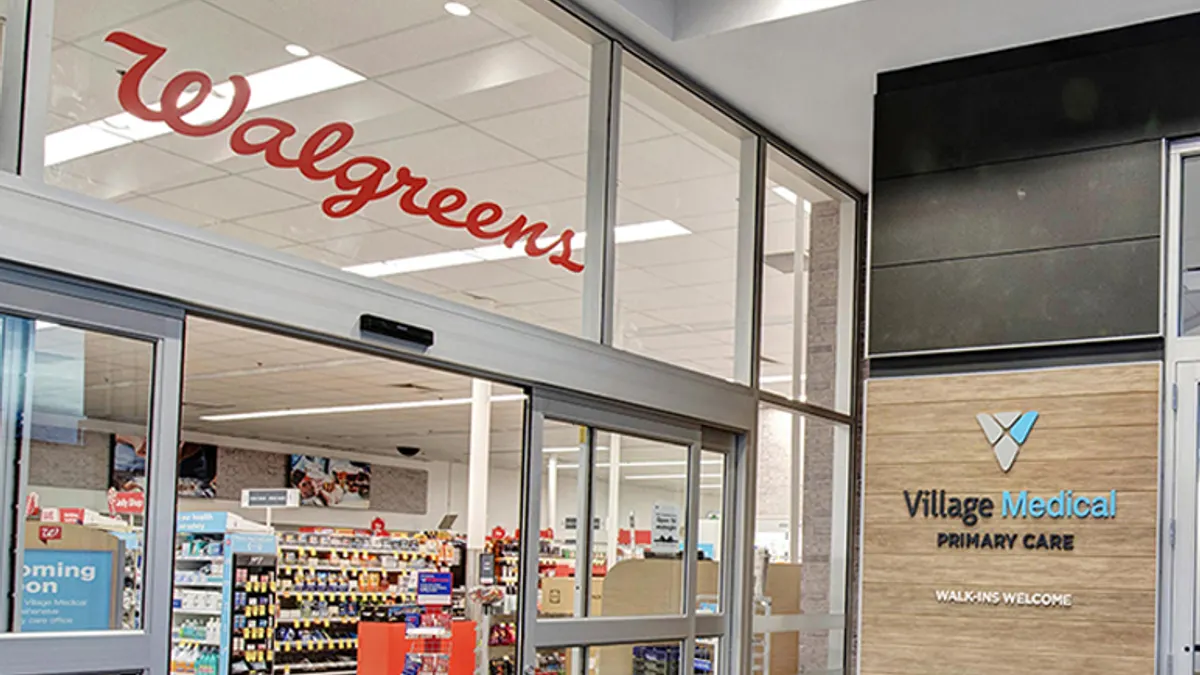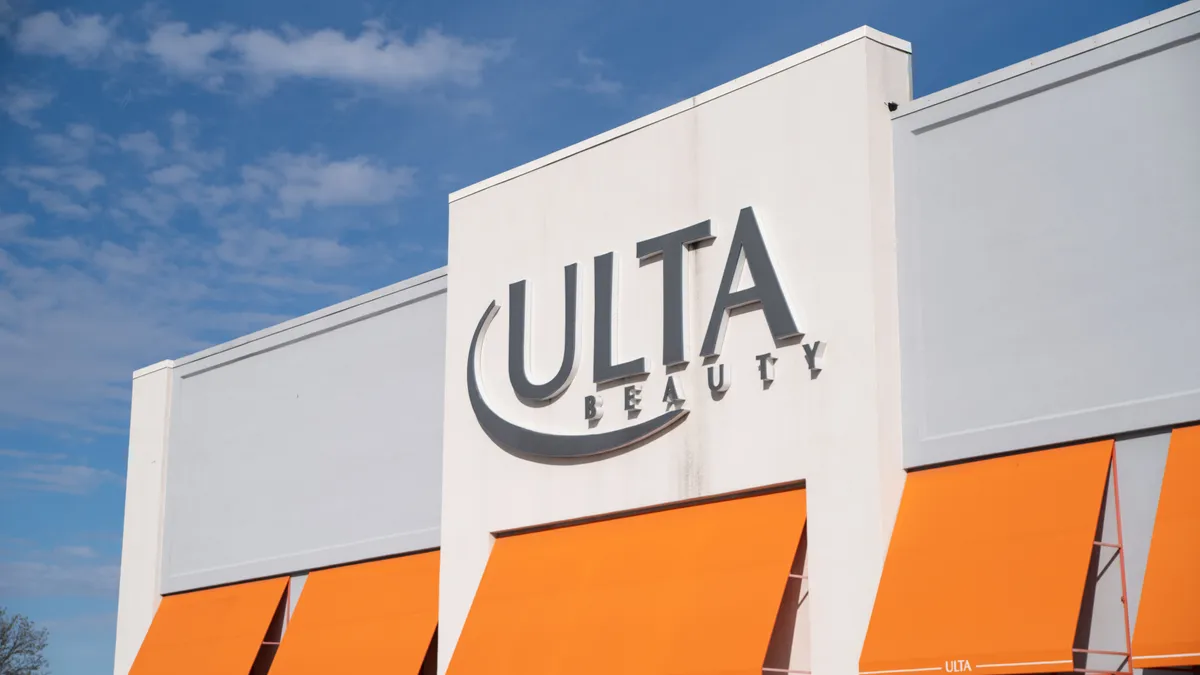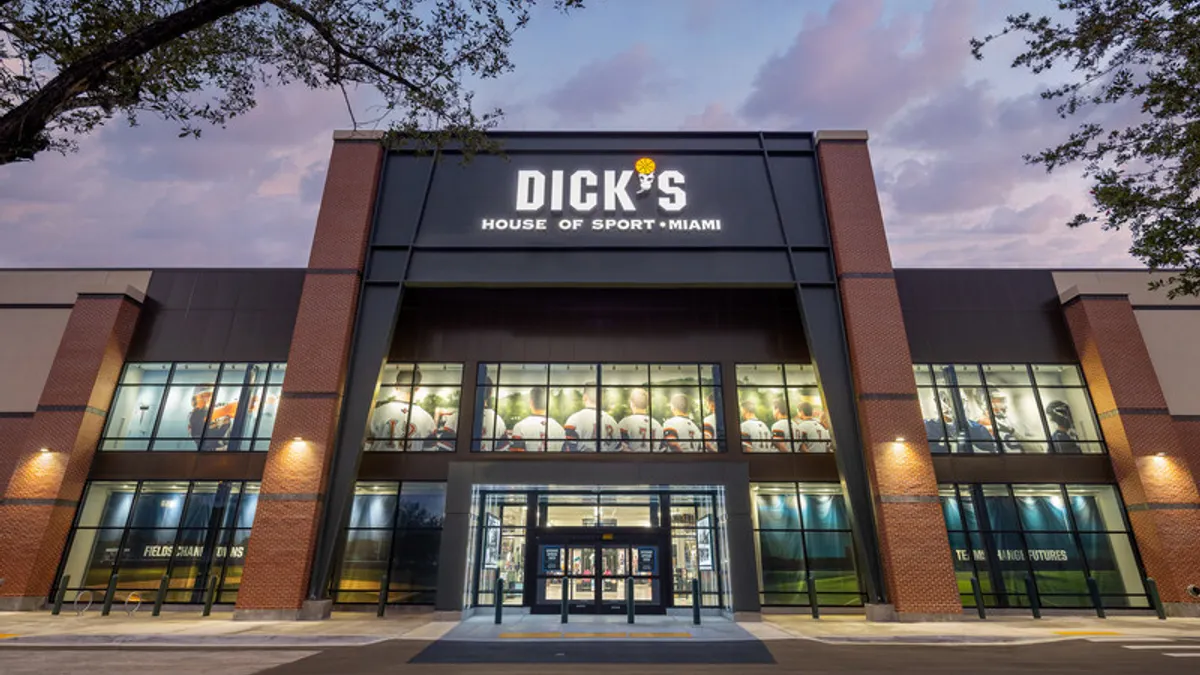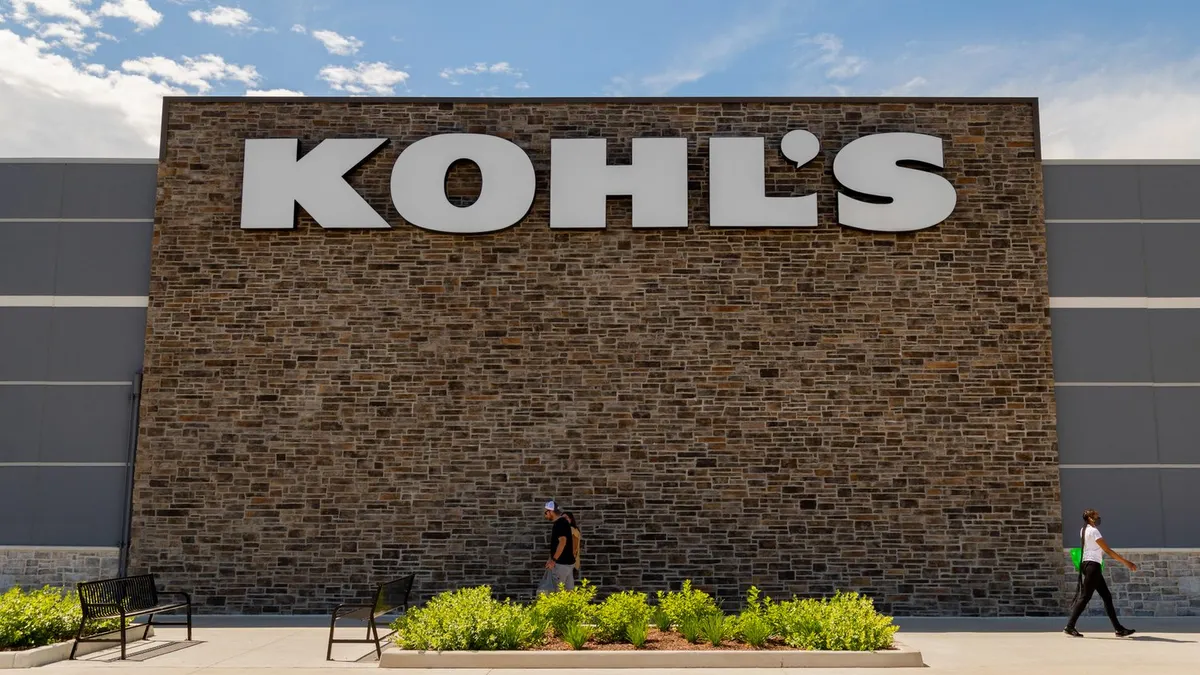MIAMI — As the saying goes, the customer is always right.
But it's an understatement to say that times have changed since that philosophy was popularized, and these days Best Buy is getting ahead by boosting customer satisfaction, starting with employee investment.
At the Future Stores Miami conference Tuesday, two executives from the big-box electronics retailer described the work they've done over the last three and a half years rethinking employee training by investing in support for customer and product interaction — as opposed to clunky, corporate technology — by using dedicated resources from a retail user experience and a change management perspective.
These efforts have helped drop employee turnover by "well into the double digits," Timothy Embretson, director of retail user experience at Best Buy told attendees at the store-focused event. "We don't want to train employees on systems, we don't want three ring binders," he said.
"It's not your standard, 'I'm going to walk the customer to a register anymore,'" Shari Rossow, vice president of retail operations at Best Buy, said in a joint presentation. "I want to meet the customer where they're at. That might be in the home, our store and hopefully a transition between the two. It's super important for our employees to feel like they have a place in the future of where we're going."
Employee turnover is still one of the most glaring industry problems. The average turnover rate is north of 60%, according to the National Retail Federation, and retailers collectively lose over 230 million productive days and $19 billion in new staff costs as a result, according to Human Resources Today.
"Through redesigning systems and bringing new technology into the stores we've been able to cut our POS transaction time in half. We've been able to cut training for that system in half as well."

Timothy Embretson
Director of Retail User Experience, Best Buy
Fed up with the costs to the company and the inconvenience it presents to customers, retailers are starting to take action. Last year, newfound investment in employee training became a priority for the National Retail Federation as well as 21 major retailers like Walmart, Target and Macy's, which together launched the RISE Up (Retail Industry Skills and Education) program.
While Best Buy is not a part of the program, the big-box electronics retailer has spent the last few years tackling the problem from the inside, conducting "hundreds and hundreds" of one-on-one interviews with employees across the country to ask about usability problems when it comes to applications and technology, and other pain points of the job, Embretson said.
"Through redesigning systems and bringing new technology into the stores we've been able to cut our POS transaction time in half. We've been able to cut training for that system in half, as well," he said. "This allows our associates to spend less time typing on keyboards or holding tablets, and reinvest that time to connect with the customer experiences so that we don't end up cutting labor or anything like that."
Good customer service is a key differentiator that has allowed Best Buy to stave off competition from Amazon, which continues to be a major threat thanks to new services that rival the company's heralded Geek Squad. As Best Buy doubles down on employees, knowledgeable and friendly customer service is likely to continue to serve as the company's major selling point.
Although a vital piece to seamlessly transition to a better training program, Rossow acknowledged that change management is expensive, which is why when she asked the roomful of attendees how many had dedicated change management teams, only three hands shot up.
"It shouldn't be hard to work or shop in a Best Buy store."

Shari Rossow
Vice President of Retail Operations, Best Buy
Revamping employee investments and training is a "wickedly complex" problem that can't be solved overnight and will take cash and time on the part of retailers, Rossow added. Previously, Best Buy invested in software and hardware solutions that weren't natural to employees — like devices that looked and felt more like bricks than tablets. It's a huge investment to buy products that employees are already familiar with in their everyday lives, but it's worth it in the long run, she said.
"It shouldn't be hard to work or shop in a Best Buy store," Rossow said. "We just keep that in mind, [thinking about] how much easier should it be to train our employees. Do you need to train them at all if they're using applications that they use in their everyday life?"





















